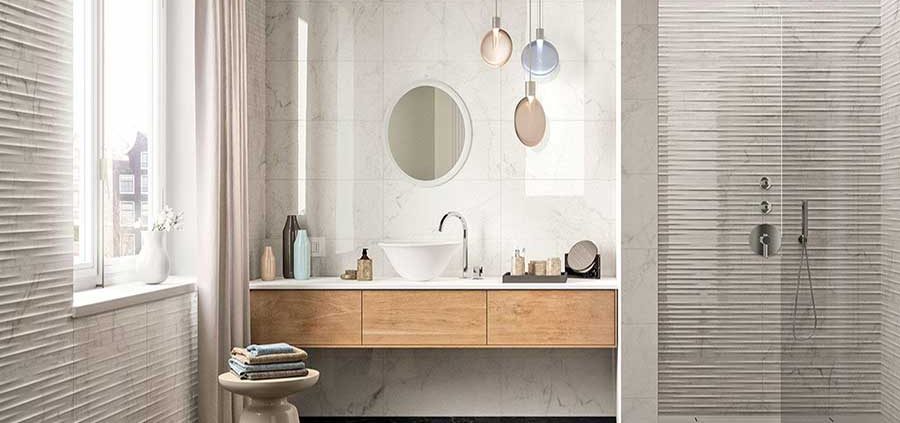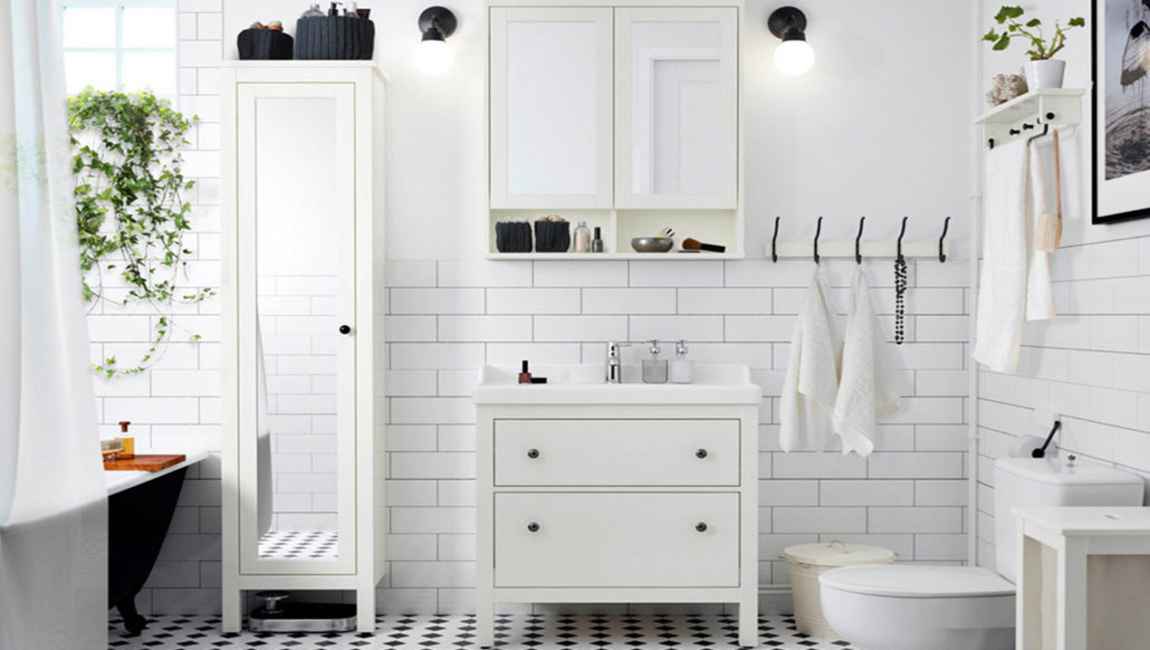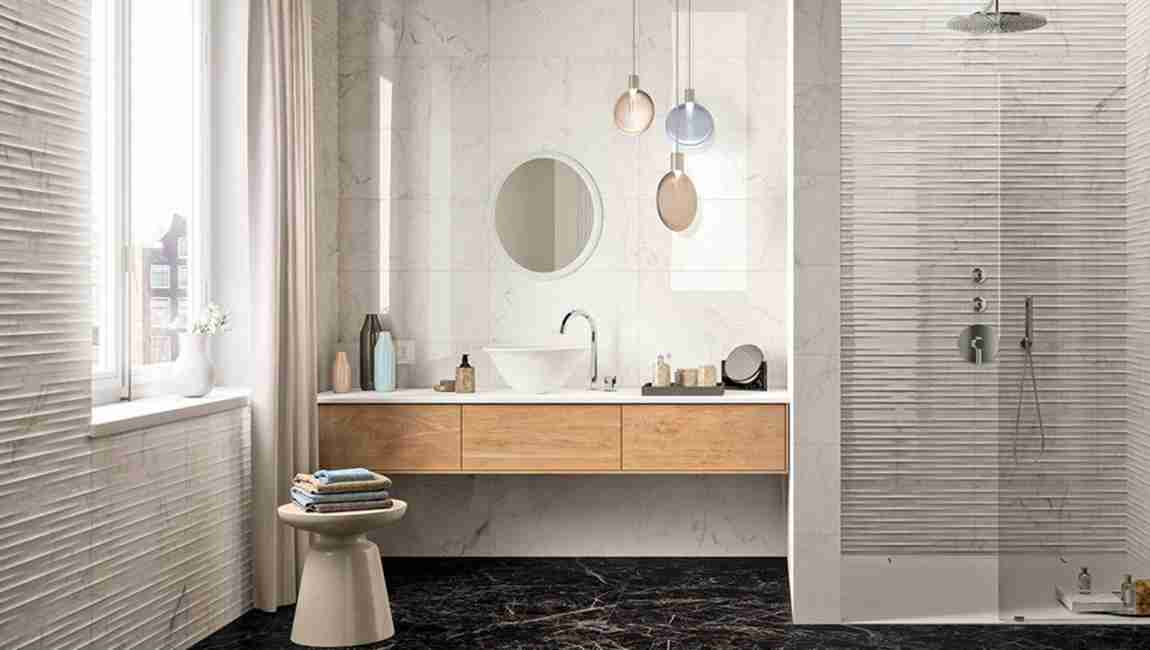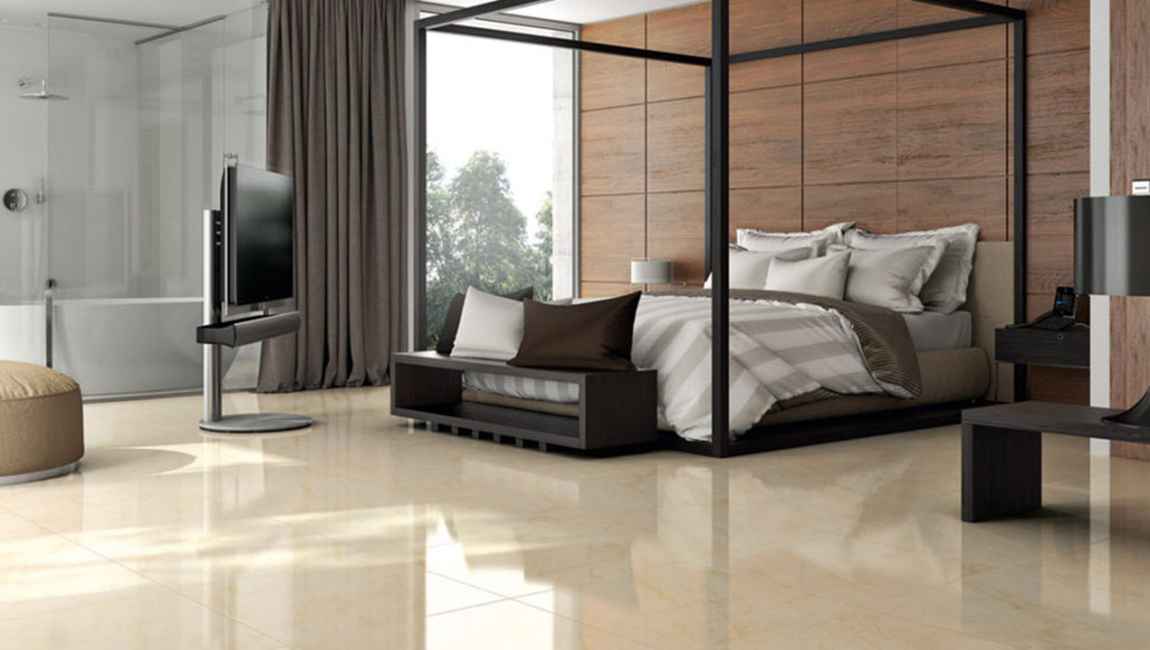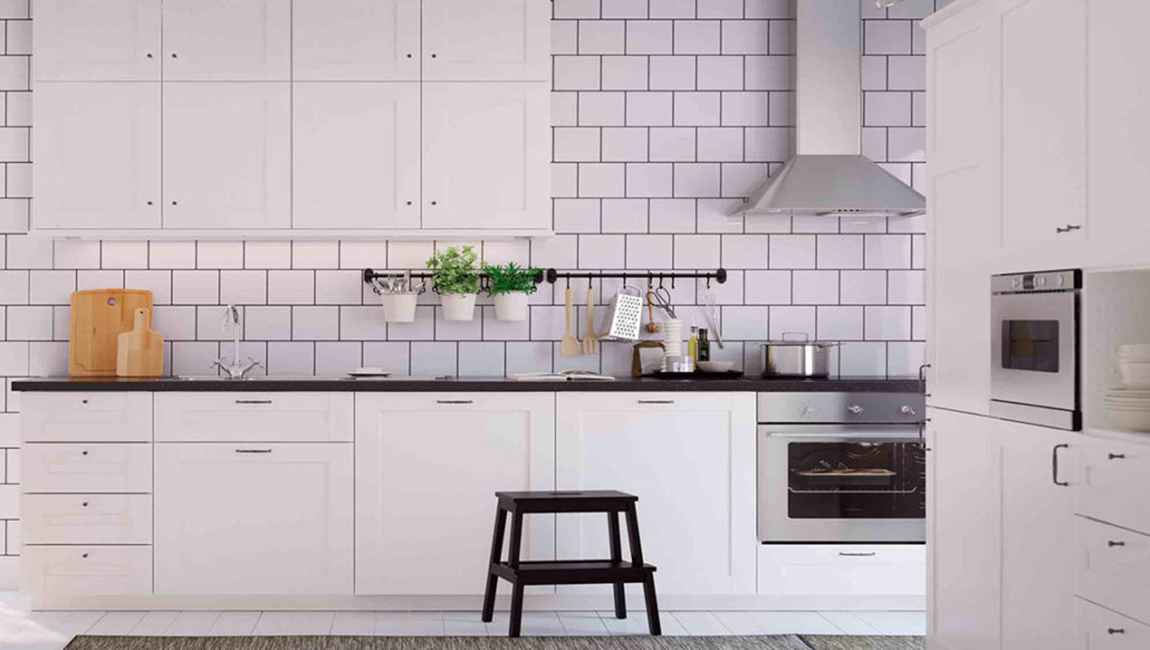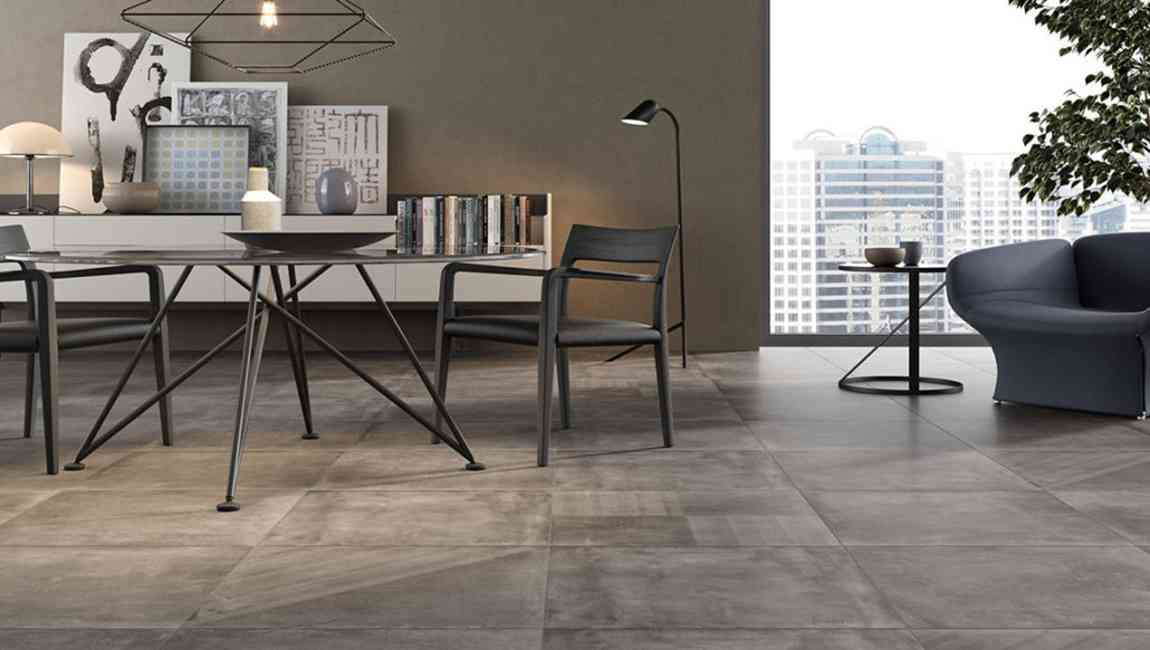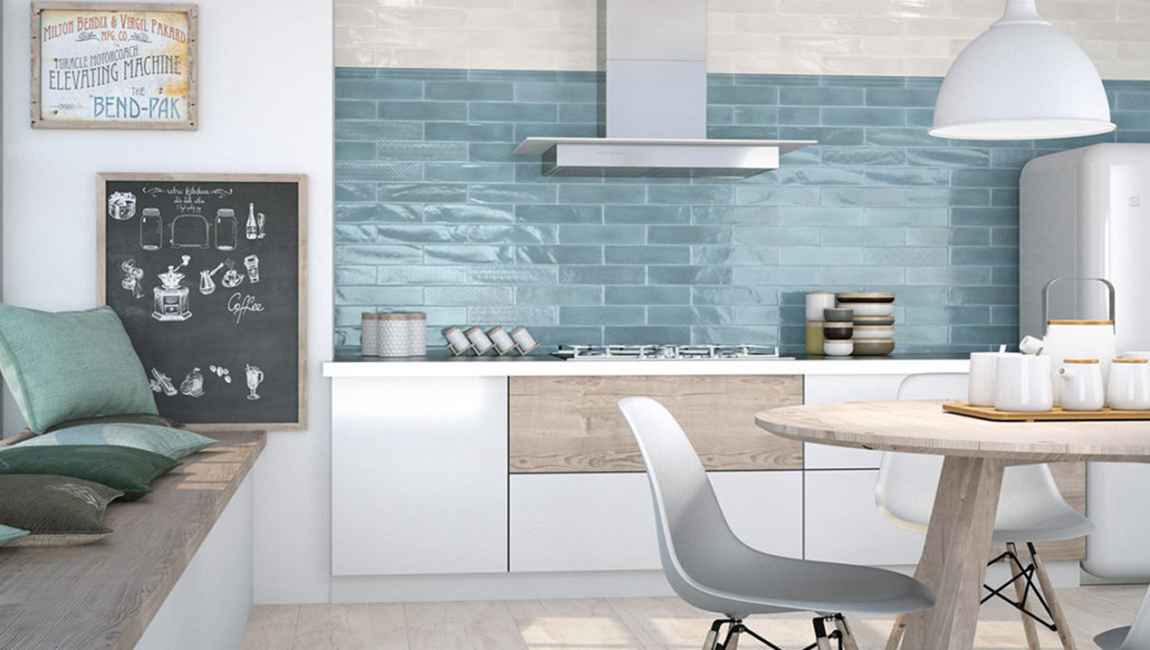How to Clean Bathroom Tiles?
Cleaning bathroom tile is a crucial part of home maintenance. For a basic cleaning, you can use materials you probably have lying around the house like lemon juice, baking soda, and all-purpose cleaning agents. For cleaning more deeply soiled bathroom tile, use a steam cleaner or a chemical cleaning agent like bleach or ammonia. Don’t forget to clean the grout between the tiles, as well.
Use vinegar to clean the ceramic tile. Mixing water and distilled white (or cleaning) vinegar in equal amounts produces an effective cleaning agent. For instance, you might mix five tablespoons of vinegar with five tablespoons of water. Dab a rag in the mixture and scrub the tile design until clean. Wipe dry, or allow to air dry.
Apply lemon juice to the wood tile. Lemon juice is slightly acidic, and therefore effective as a tile-cleaning agent. Fill a spray bottle with lemon juice and spray the juice onto the cement tile directly, then wipe it away with a damp sponge. Alternately, dampen a sponge with some lemon juice directly, then use it to wipe the tile down. Rinse the tile off with a sponge or cloth dipped in warm water. If you wish, you could sprinkle your bathroom tile with a thin coat of baking soda before spraying it with lemon juice or wiping it down with a lemon juice-soaked sponge.
Spray your marble tile with a cleaning product. There are a variety of all-purpose cleaning products available that can effectively clean your bathroom tile. While specific directions for use vary with the product you’ve decided to use, you can generally start by spraying the polished tile with a light coating of the spray you’ve decided to use, then wiping it down with a clean cloth. Powdered cleaning products might need to be mixed with water before they can be used.Before you begin, you might want to close the door and windows to your bathroom and run the hot water in your tub (with the drain stopper engaged) for several minutes. This will build up the steam in your bathroom and make cleaning easier.
Use baking soda cleaner. Mix ½ cup (90 grams) of baking soda, one teaspoon of liquid dish soap, and ¼ cup (63 milliliters) of hydrogen peroxide. Pour the mixture into a spray bottle. Spray the mixture on the bathroom tiles you wish to clean. Wait 10 minutes, then wipe the tiles off with a damp sponge or rag.

